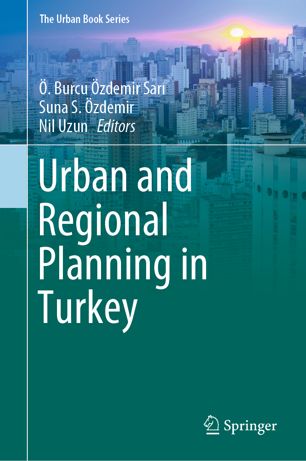

Most ebook files are in PDF format, so you can easily read them using various software such as Foxit Reader or directly on the Google Chrome browser.
Some ebook files are released by publishers in other formats such as .awz, .mobi, .epub, .fb2, etc. You may need to install specific software to read these formats on mobile/PC, such as Calibre.
Please read the tutorial at this link: https://ebookbell.com/faq
We offer FREE conversion to the popular formats you request; however, this may take some time. Therefore, right after payment, please email us, and we will try to provide the service as quickly as possible.
For some exceptional file formats or broken links (if any), please refrain from opening any disputes. Instead, email us first, and we will try to assist within a maximum of 6 hours.
EbookBell Team

5.0
20 reviewsThis book presents an overview of urban and regional planning in Turkey. It discusses the fundamental topics and contemporary issues in the field. The book is organized in two parts and it includes 14 chapters. Chapter 1 is designed as an introduction defining the framework of urbanisation in Turkey, and the evolution of urban planning providing a background for the remaining chapters. In Part I, contemporary issues of urban and regional planning in Turkey are covered (i.e., new route taken by regional planning, the role of the planner in the process of shaping the urban form of Turkish cities, the specific features of Turkish city centres, large-scale public investments and their effects on urban areas, urban growth of Turkish cities from an urban morphological viewpoint, and problems and recent planning discussions related to the conservation of archaeological heritage). The challenges faced by urban and regional planning in Turkey are discussed in Part II (i.e., major challenges in residential transformation, excess housing production and the future of housing markets, challenges posed by increasing (global) immigration and refugees, challenges due to integration of a resilience thinking framework into the planning systems, development and planning activities of settlements in hazard prone areas, and the current state of climate policy and governance). In the concluding chapter an overall assessment of the contemporary issues and challenges for urban and regional planning in Turkey is made with special emphasis on the last 15 years of the country. Discussions on the case of Turkey could be useful examples both for developed and developing countries.